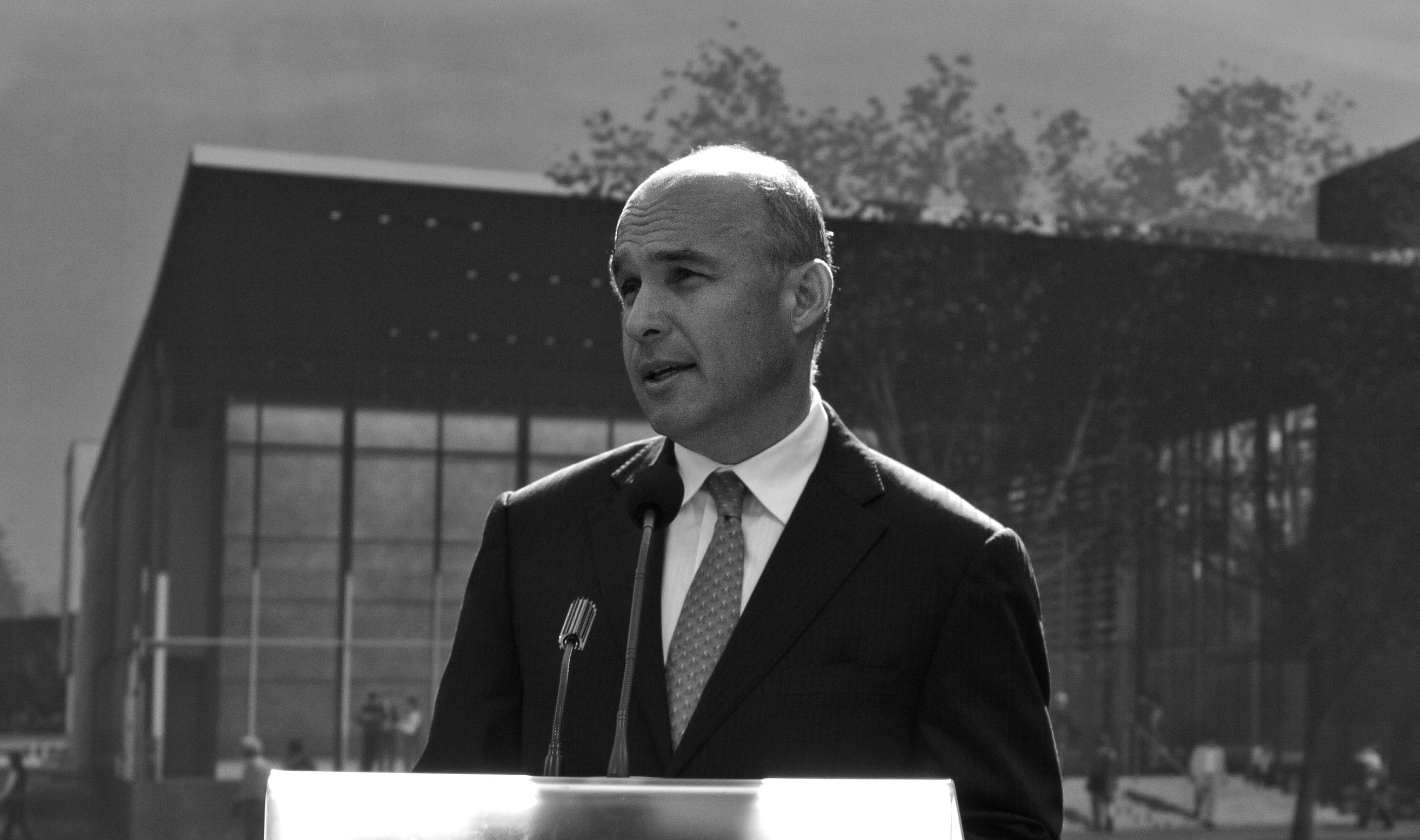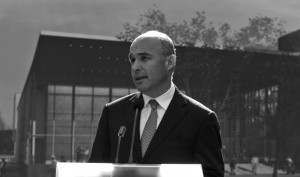Local universities free from censure


Waterloo’s universities can now breathe a little bit easier.
After months of work and deliberation, a threat of censure put forth last April by the Canadian Association of University Teachers (CAUT) against Wilfrid Laurier University and the University of Waterloo (UW) was withdrawn this past weekend.
The original notice stated that both universities would face censure in November unless changes were made regarding the governance structure for the Balsillie School of International Affairs (BSIA), to which the universities are affiliated, as it was considered by CAUT to compromise academic integrity.
“It’s a positive thing,” acknowledged Fred Kuntz, the vice president of public affairs for the Centre for International Governance Innovation (CIGI).
“We’re celebrating that the governance agreement of the Balsillie School has been recognized as valid and that the censure motion of CAUT has been withdrawn.”
The decision to revoke the consideration of a censure was made after UW and Laurier, as well as CIGI, created and signed a Memorandum of Understanding (MOU) assuring the autonomy of the BSIA in its academic matters and elaborating on the governance structures.
“The memorandum that they signed has, in our view, assured the integrity of the Balsillie School and of the two universities,” said James Turk, the executive director of CAUT.
Turk explained that the governance power structures were of concerns to CAUT, as they appeared to give CIGI representatives on the board veto power over particular matters in the BSIA and overall “had a voice that was inappropriate for a board to have.”
Despite acknowledging that the outcome was satisfactory for all involved, Thomas Homer-Dixon, who is a professor at both UW and the BSIA, as well as a chair at CIGI, expressed some frustration at the process.
“The whole thing was completely unnecessary, involved an enormous amount of emotional trauma on all sides, and, frankly, the governance document that we designed … stands exactly intact, word for word. I have to ask what the point of all this?” he said.
Homer-Dixon believes that the root of CAUT’s issues with the BSIA were not necessarily about substance, but rather, reflected a misunderstanding of the governance document and were based more in politics.
“They started to use the Balsillie School as kind of ‘Exhibit A’ of a trend they claimed was taking place across the country towards private interference in the academic affairs of universities. It became a unifying cause, sort of a cause celebre, within CAUT,” he asserted.
Added Kuntz, “We were quite astonished that this became an issue because we made sure that those protections were in place. We are a great champion of academic freedom and it’s central to what we do.”
However, CAUT maintains that it was a necessary process, as in their view, the governance document was not sufficiently clear.
“Had they been willing to put it in writing anytime over the last two years, the matter would have been over. We made it clear from the outset what the problems were and it was only when we got very close to actually censuring the two universities that this clarification came forward,” contradicted Turk.
He continued, “Maybe this was what they intended all along. If it was, why didn’t they tell us two years ago and save a lot of energy, a lot of time and a lot of money for all of us?”
However, others are more optimistic about the benefits of the process and how it may serve as a learning experience for future partnerships between universities and private institutions.
Deborah MacLatchy, the vice president: academic and provost for WLU, said “I think that we’re hoping that this document might actually become a model for other partnerships between universities and external entities.”
After discussions were undertaken between CAUT and the institutions, MacLatchy found that clarification may have been needed and that the principles of academic integrity were largely the same.
“Sometimes you get so close to a document you think that what you wrote is obviously what everybody else is going to understand,” said MacLatchy.
“What we were able to do through the MOU … was to make explicit what it was we meant in the governance document and so that there wouldn’t be any confusion and there wouldn’t be any ability for people to interpret it in a way that we didn’t intend.”
Homer-Dixon also acknowledged that the universities may have made some mistakes along the way, but that some benefits have come out of it.
“There’s a panel of experts that’s been brought together … to draft a set of guidelines for public-private partnerships and that’s really good. We need guidelines, we need some directions for the future,” he said.
Expressing relief, Homer-Dixon concluded, “Now it’s behind us. Let’s get on with building the school.”

